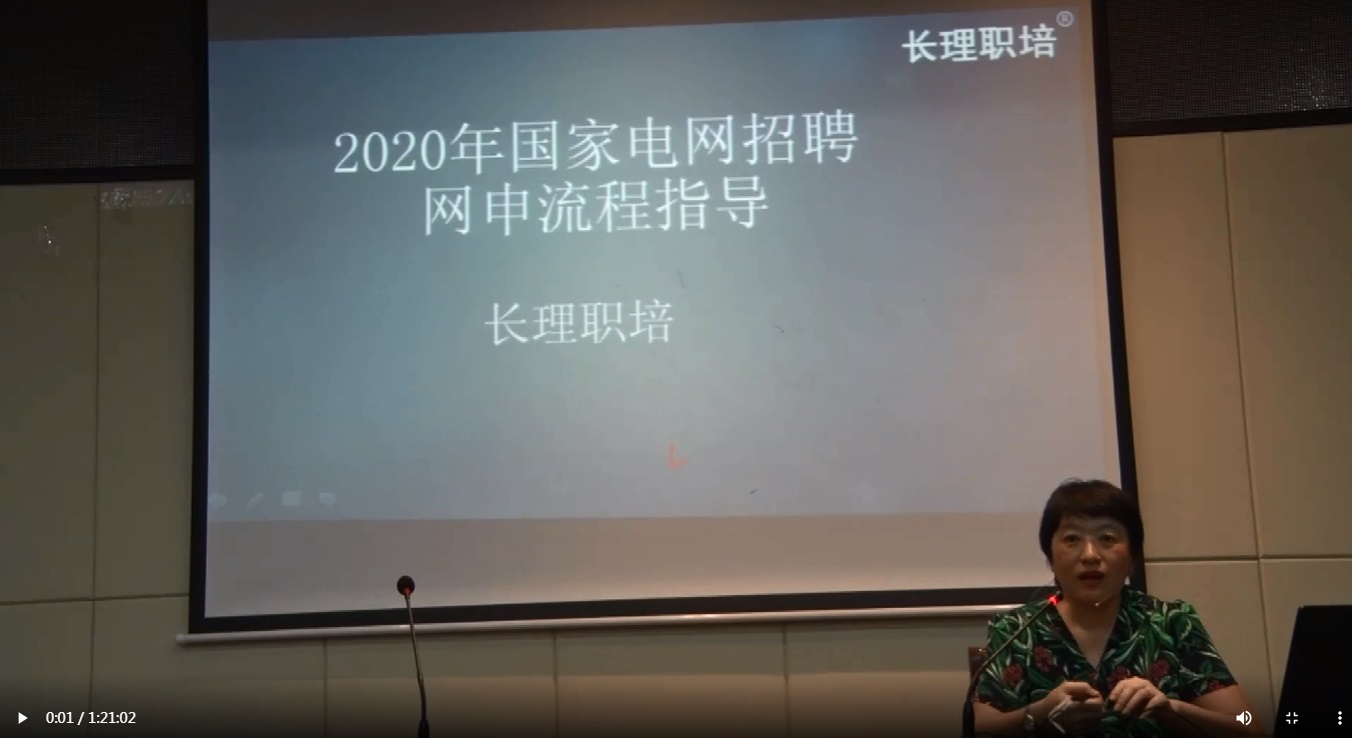The strange pines, absurd stones, sea of clouds and hot springs are the four wonders of Mt. Huangshan.
Strange pines
Huangshan pines are seen in every corner of Mt. Huangshan. You will be amazed by their vitality and strength. The seeds fall into the crevices where they take root and grow with great vigor. The uneven terrain prevents the pines from growing upright. Instead they become crooked and even downward. Another feature of Huangshan pines is that many trees grow branches on one side only. The pines grow very slowly due to the poor soil and climatic conditions. A tree less than 3 meters (9.84feet) high may have grown for over one hundred years or even several hundred years. The root of a pine is several times or several dozens times longer than the trunk, therefore Huangshan pines stand firmly with dignity, withstanding wind and rain. Every pine is unique though: Guest-Greeting Pine (in front of the stone lion of the Jade Screen Pavilion in the Jade Screen Scenic Area), Guest-Goodbye Pine (to the right of the Jade Screen Pavilion), Cushion Pine at Lotus Valley, Phoenix Pine at the Sky Sea, Chessboard Pine at Pingtian Stone Bridge, Kylin Pine between Bei Hai Hotel and the Refreshing Terrace, Black Tiger Pine and Sea Exploring Pine are among the most famous ones.
Absurd Stones
Spectacular rocky peaks will inspire your imagination. Some look like human beings, birds or animals or many other objects. Something that makes the stones even more fascinating is that they assume varied shapes when seen from different angles. Every stone has its own fantastic legend.
The rocks known as the "Celestial Basking Shoe" and the "Celestial Basking Boot" share a most romantic story. Once upon a time, in the Celestial Heaven Taoist Temple on Zuoshu Peak lived an old Taoist priest Dao Xuan and his disciple Tai Qing while in the Purple Cloud Temple on Pine Forest Peak lived a Taoist nun Lian Yu and her disciple Miao Zhen. The West Sea Valley separated the two temples as well as a strict commandment, therefore they had no dealings with each other. However, one winter, there was no kindling in Celestial Heaven Taoist Temple. Seeking help, Dao Xuan asked Tai Qing if he could borrow some from the nun at the Purple Cloud Temple. It so happened that the two young disciples fell in love at first sight. From then on, they spent time together when they fetched water or collected firewood. Unfortunately, they were discovered by both masters and the two disciples were punished severely. They were forbidden to go beyond the boundaries set by their masters and threaten with a beating should they disobey. One day when both the masters went down the mountain, they stealthily dated again and agreed upon a good idea: Tai Qing would place a boot in front of the mountain gate if his master was not at home; likewise Miao Zhen would place a shoe. One day, when they were together, their masters unexpectedly returned. Knowing they would be punished, the lovers pondered over their plight. Eventually, they decided that since they could not live together, they would rather choose to die together. Thus, they jumped into a cloud sea. They even did not have time to take back the boot and the shoe. As the days passed, the boot and the shoe turned into two rocks - "Celestial basking shoe" and "Celestial basking boot".
Sea of Clouds
Mt. Huangshan is home to clouds and mists. The Sea of Clouds has a fairy tale beauty. Winter is the best season for this spectacle. According to their locations, the seas of clouds are divided into East Sea, South Sea, West Sea, North Sea and Sky Sea. If you climb up the Lotus Peak, the Heaven Capital Peak and the Bright Peak, you will find yourself above the level of the clouds and they appear as a sea beneath you. It is true that a sea of clouds can be seen in many high mountains but that of Mt. Huangshan is unique with its oddly shaped rocks and ancient pines. Peaks, large and small, hide and reappear in the boundless waves of clouds. The Heavenly Capital Peak and the Bright Peak appear as isolated islands within this white sea.
All the colors seem more vivid in the sunshine. The clouds are forever changing, from being like a mirror when all is calm to rolling waves when the wind is strong. At sunrise or sunset, the glistening clouds assume every hue from red to purple. You cannot help marveling at this gift from the Creator! You will be struck by the beauty when all the red leaves are floating on the white clouds in autumn, when the clouds gush between the peaks like a raging river while the red leaves flutter delicately in the breeze.
Go to the Jade Screen Pavilion to view the South Sea, the Refreshing Terrace for the North Sea, the Paiyun Tower for the West Sea, the White Goose Ridge for the East Sea and the Legendary Turtle Peak for the Sky Sea.
Hot springs
To be able to refresh yourself in the hot springs on Mt. Huangshan must be one of the best ways of enjoyment and relaxation. Running out of the Purple Peak of 850 meters (2, 789 feet), the hot spring in Mt. Huangshan is the first stop following the entrance. Legend has it that Huang Di, the ancestor of the Chinese nation, bathed here 49 days before he ascended to heaven and became immortal.
Tips:
1. Hot spring is not suitable for everyone. If you suffer from high blood pressure or heart diseases, it would be wise to consult your doctor first.
2. Do not bathe in the hot spring if you do not feel very well or when you are hungry.
3. Leave the hot spring whenever you feel uncomfortable.
In addition to the spectacles we have mentioned there are three large waterfalls that are well worth a visit. These are Renzi (like the Chinese character for human being) Waterfall, the Baizhang (100 zhang, over 1,093feet) Spring and the Nine-dragon Waterfall.
Four hundred kilometers (248.5miles) from the East China Sea, Mt. Huanshan is absolutely the best place to watch the sunrise. It would be wise to choose the place according to where you live or are staying so as to attain the best vantage point without being exhausted. For example, the Dawn Pavilion (Shuguang Ting), the Refreshing Terrace and the Lion Peak are the optimum places if you live near the North Sea; the Red Cloud Peak for tourists near Xihai Hotel and Paiyunlou Hotel; the Bright Peak for Qixiang Hostel and Tianhai Hotel and Jade Screen Peak for those near Jade Screen Pavilion. You have to wake up earlier but the magnificent sight is certainly rewarding.
In contrast, Red Cloud Peak and Paiyun Tower are the best places for watching the glow of the setting sun.
Animals and plants
Mt. Huangshan is an ideal environment for wild animals and plants. The distribution of the animals and plants changes with elevation. Flowers bloom as though in all the four seasons due to the change in climatic conditions as you proceed up the mountain. So if you are fond of animals and plants, be prepared to encounter some precious ones here.
黄山四绝--奇松
黄山延绵数百里,千峰万壑,比比皆松。黄山松,它分布於海拔800米以上高山,以石为母,顽强地扎根於巨岩裂隙。黄山松针叶粗短,苍翠浓密,干曲枝虬,千姿百态。或倚岸挺拔,或独立峰巅,或倒悬绝壁,或冠平如盖,或尖削似剑。有的循崖度壑,绕石而过;有的穿罅穴缝,破石而出。忽悬、忽横、忽卧、忽起,"无树非松,无石不松,无松不奇"。
黄山松是由黄山独特地貌、气候而形成的中国松树的一种变体。黄山松一般生长在海拔800米以上的地方,通常是黄山北坡在1500-1700米处,南坡在1000-1600米处。黄山松的千姿百态和黄山贩自然环境有着很大的关系。黄山松的种子能够被风送到花岗岩的裂缝中去,以无坚不摧、有缝即入的钻劲,在那里发芽、生根、成长。黄山泥土稀少,但花岗岩中肉红色的长石中含有钾,夏天雷雨后空气中的氮气变成氮盐,可以被岩层和泥土吸收,进而为松树的根系吸收;松树的根系不断分泌一种有机酸,能慢慢溶解岩石,把岩石中的矿物盐类分解出来为己所用;花草、树页等植物腐烂后,也分解成肥料;这样黄山松便在贫瘠的岩缝中存活、成长。地势崎岖不平,悬崖峭壁纵横堆叠,黄山松无法垂直生长,只能弯弯曲曲地甚至朝下生长。由于要抗暴风御冰霜,黄山松的针叶短粗,冠平如削,色绿深沉,树干和树枝也极坚韧,极富弹性。黄山松的另一特点是,由于风吹日晒,许多松树只在一边长出树枝。黄山松姿态坚韧傲然,美丽奇特,但生长的环境十分艰苦,因而生长速度异常缓慢,一棵高不盈丈的黄山松,往往树龄上百年,甚至数百年;根部常常比树干长几倍、几十倍,由于根部很深,黄山松能坚强地立于岩石之上,虽历风霜雨霜却依然永葆青春。
最著名的黄山松有:迎客松(位于玉屏楼的石狮前面),送客松(位于玉屏楼的右边),蒲团松(位于莲花溪谷),凤凰松(位于天海),棋盘松(位于平田石桥),接引松(位于始信峰),麒麟松(位于北海宾馆和清凉台之间),黑虎松(位于北海宾馆和始信峰之间),探海松或叫舞松(位于天都峰的鲫鱼背旁边)──这就是黄山的十大名松。过去还曾有人编了《名松谱》,收录了许多黄山松,您可以数出名字的松树成百上千,每颗都独具美丽、优雅的风格。
黄山四绝--怪石
黄山"四绝"之一的怪石,以奇取胜,以多著称。已被命名的怪石有120多处。其形态可谓千奇百怪,令人叫绝。似人似物,似鸟似兽,情态各异,形象逼真。黄山怪石从不同的位置,在不同的天气观看情趣迥异,可谓"横看成岭侧成峰,远近高低各不同"。其分布可谓遍及峰壑巅坡,或兀立峰顶或戏逗坡缘,或与松结伴,构成一幅幅天然山石画卷 。
黄山千岩万壑,几乎每座山峰上都有许多灵幻奇巧的怪石,其形成期约在100多万年前的第四纪冰川期,黄山石"怪"就怪在从不同角度看,就有不同的形状。站在半山寺前望天都峰上的一块大石头,形如大公鸡展翅啼鸣,故名"金鸡叫天门",但登上龙蟠坡回首再故,这只一唱天下白的雄鸡却仿佛摇身一变,变成了五位长袍飘飘、扶肩携手的老人,被改冠以"五老上天都"之名。黄山峰海,无处不石、无石不松、无松不奇。奇松怪石,往往相映成趣,俄位于北海的梦笔生花、、以及"喜鹊登梅"(仙人指路)、老僧采药、苏武牧羊等,据说黄山有名可数的石头的就达1200多块,我们无法为大家一一道尽。它们大都是三分形象、七分想象,从人的心理移情于石,使一块冥顽不灵的石头凭空有了精灵跳脱的生命。欣赏时不妨充分调动自己的主观创造力,可获更高的审美享受 。
黄山四绝--云海
自古黄山云成海,黄山是云雾之乡,以峰为体,以云为衣,其瑰丽壮观的"云海"以美、胜、奇、幻享誉古今,一年四季皆可观、尤以冬季景最佳。依云海分布方位,全山有东海、南海、西海、北海和天海;而登莲花峰、天都峰、光明顶则可尽收诸海于眼底,领略"海到尽头天是岸,山登绝顶我为峰"之境地。
大凡高山,可以见到云海,但是黄山的云海更有其特色,奇峰怪石和古松隐现云海之中,就更增加了美感。黄山一年之中有云雾的天气达200多天,水气升腾或雨后雾气未消,就会形成云海,波澜壮阔,一望无边,黄山大小山峰、千沟万壑都淹没在云涛雪浪里,天都峰、光明顶也就成辽浩瀚云海中的孤岛。阳光照耀,云更白,松更翠,石更奇。流云散落在诸峰之间,云来雾去,变化莫测。风平浪静时,云海一铺万顷,波平如镜,映出山影如画,远处天高海阔,峰头似扁舟轻摇,近处仿佛触手可及,不禁想掬起一捧云来感受它的温柔质感。忽而,风起云涌,波涛滚滚,奔涌如潮,浩浩荡荡,更有飞流直泻,白浪排空,惊涛拍岸,似千军万马席卷群峰。待到微风轻拂,四方云慢,涓涓细流,从群峰之间穿隙而过;云海渐散,清淡处,一线阳光洒金绘彩,浓重处,升腾跌宕稍纵即逝。云海日出,日落云海,万道霞光,绚丽缤纷。
红树铺云,成片的红叶浮在云海之上,这是黄山深秋罕见的奇景。北海双剪峰,当云海经过时为两侧的山峰约束,从两峰之间流出,向下倾泻,如大河奔腾,又似白色的壶口瀑布,轻柔与静谧之中可以感受到暗流涌动和奔流不息的力量,是黄山的又一奇景。
玉屏楼观南海,清凉台望北海,排云亭看西海,白鹅岭赏东海,螯鱼峰眺天海。由于山谷地形的原因,有时西海云遮雾罩,白鹅岭上却青烟飘渺,道道金光染出层层彩叶,北海竟晴空万里,人们为云海美景而上下奔波,谓之"赶海"。
黄山四绝--温泉
黄山"四绝"之一的温泉(古称汤泉),源出海拔850米的紫云峰下,水质以含重炭酸为主,可饮可浴。传说我们的祖先轩辕皇帝就是在此沐浴七七四十九日得返老还童,羽化飞升的,故又被誉之为"灵泉"。黄山有36源、24溪、20深潭、17幽泉、3飞瀑、2湖、1池。
黄山温泉由紫云峰下喷涌而初,与桃花峰隔溪相望,是经游黄山大门进入黄山的第一站。温泉每天的出水量约400吨左右,常年不息,水温常年在42度左右,属高山温泉。黄山温泉对消化、神经、心血管、新陈代谢、运动等系统的某些病症,尤其是皮肤病,均有一定的功效。黄山之水,除了温泉之外,尚有飞瀑、明荃、碧潭、清溪,每逢雨后,到处流水潺潺,波光粼粼,瀑布响似奔雷,泉水鸣如琴弦,一派鼓乐之声。人字瀑、百丈泉、九龙瀑并称为黄山三大名瀑,人字瀑古名飞雨泉,在紫石、朱砂两峰之间流出,最佳观赏地点在温泉区的"观瀑楼";九龙瀑是黄山最壮丽的瀑布,源于天都、玉屏、炼丹、仙掌诸峰,自罗汉峰与香炉峰之间分九叠倾泻而下,形如九龙飞降。每叠有一潭,称九龙潭。古人赞曰:"飞泉不让匡庐瀑,峭壁撑天挂九龙"。
编辑推荐:

温馨提示:因考试政策、内容不断变化与调整,长理培训网站提供的以上信息仅供参考,如有异议,请考生以权威部门公布的内容为准! (责任编辑:长理培训)






















点击加载更多评论>>